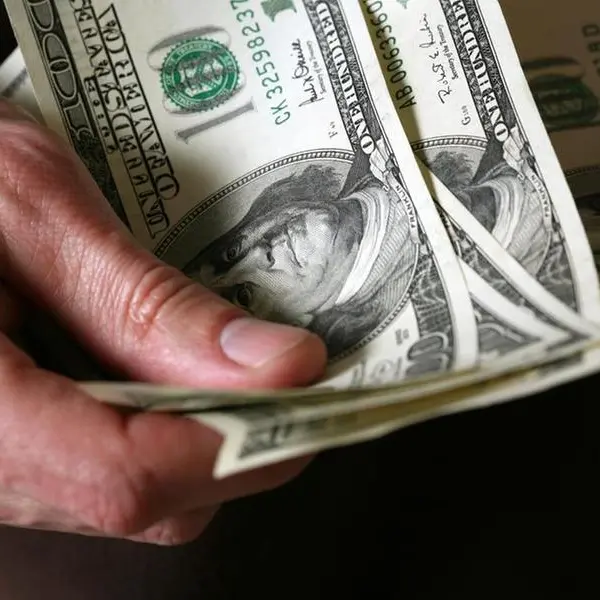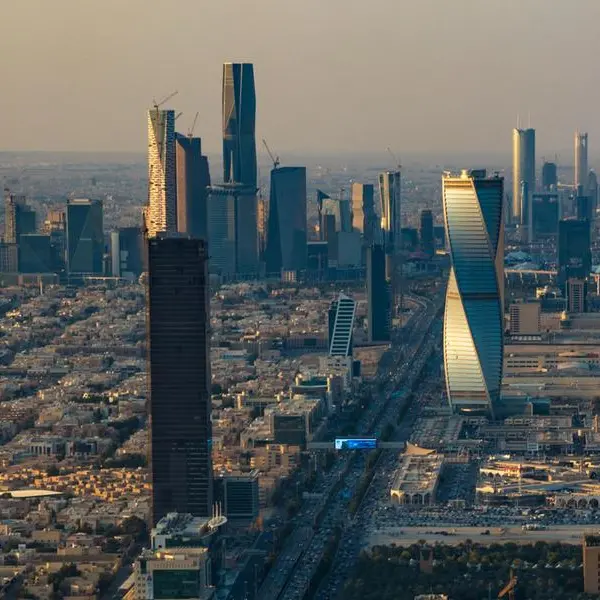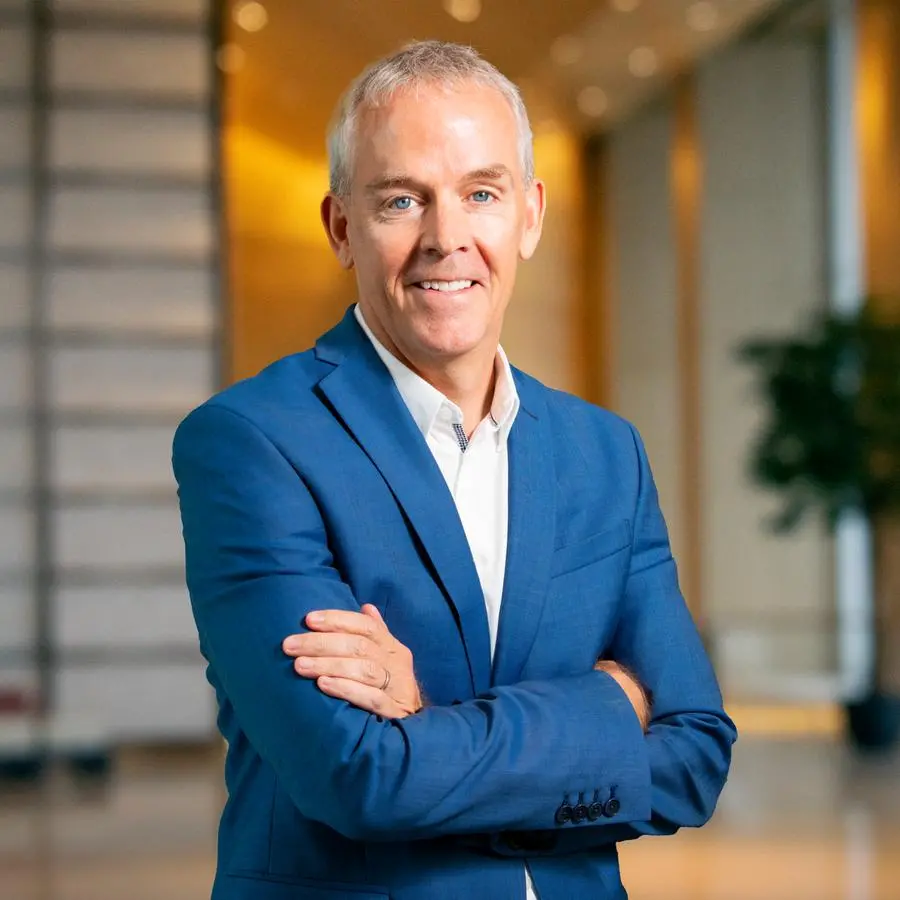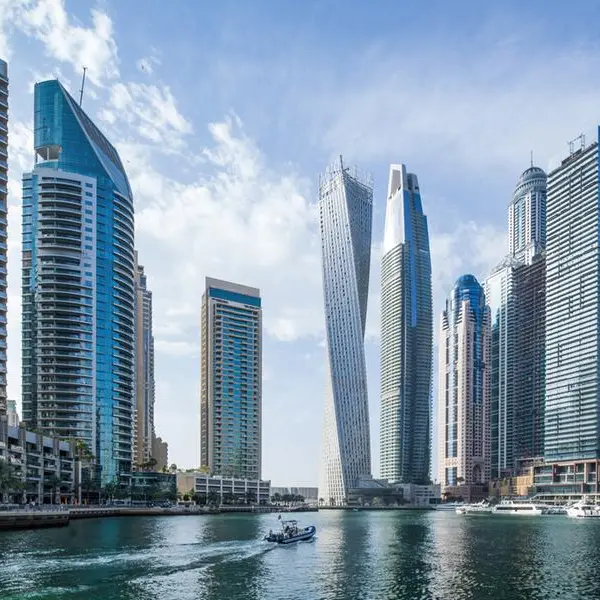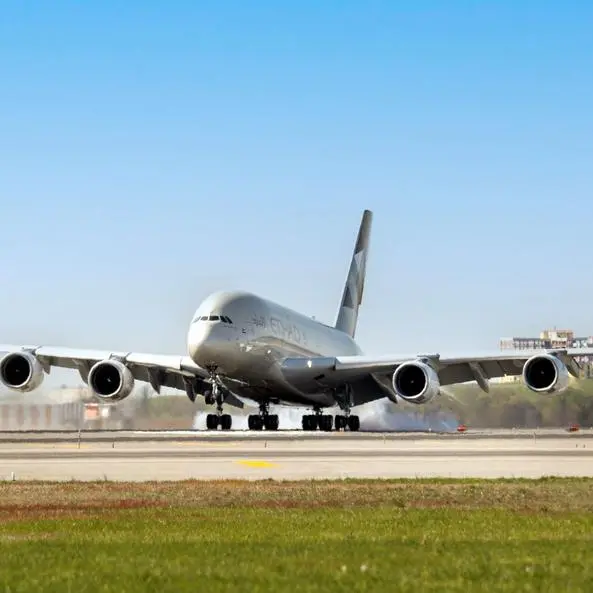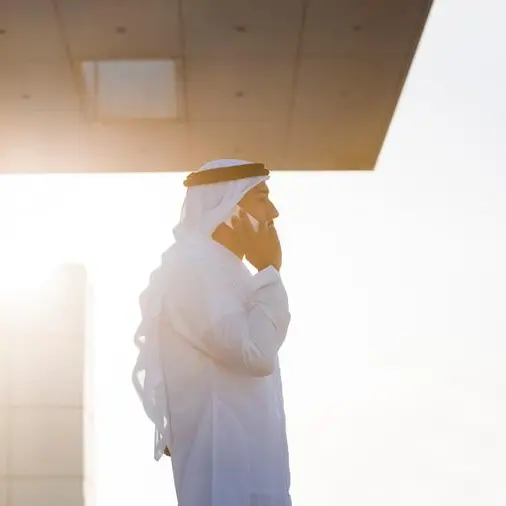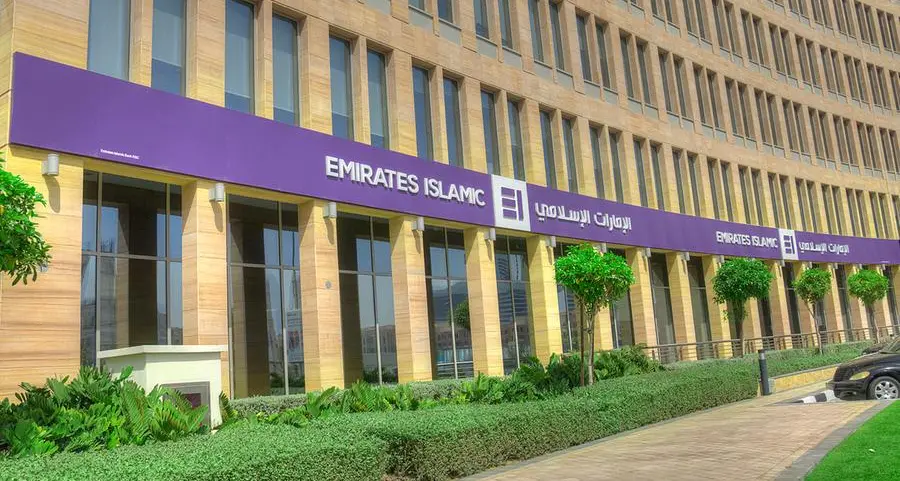Dubai: In a significant step towards integrating autonomous technology with Dubai’s transport system, the Roads and Transport Authority (RTA) will soon begin trial of a shuttle service in Downtown Dubai that will have a driverless vehicle transporting passengers between Dubai Mall and an underground parking on Mohammad Bin Rashid Boulevard.
Operating on a dedicated corridor, the trial, for the first time will see driverless vehicles cross traffic intersections and interact with Dubai’s smart traffic lights.
With segregated pathways for pedestrians, cyclists, regular vehicles as well as the autonomous vehicles, the trial will ensure seamless movement of all modes of transport without impacting each other.
Ushering in a new era of autonomous transportation in Dubai, the 550-metre trial corridor will have three traffic intersections that the 6-7 seater vehicles will cross through.
“As a city, we are leading in the use of artificial intelligence in the transport sector. We already have a driverless metro operating for so many years. We also have a smart traffic light system Scoot, which will be interacting with autonomous vehicles on a trial that we will be conducting on Mohammad Bin Rashid Boulevard,” said Hussain Al Banna, Executive Director of Traffic at RTA.
Speaking to media on the sidelines of the first International Road Federation Mena Congress, Al Banna said that RTA is working on multiple projects to facilitate Dubai’s transformation as one of the smartest city in the world.
“We are introducing a smart system that will see communication between a traffic light and an autonomous vehicle, this system, in the long run, will ease traffic and improve the level of safety on roads,” said Al Banna.
He added that smart parking, smart traffic lights and smart crossings are some of the other RTA smart city projects, apart from initiatives that are helping reduce congestion in Dubai.
Speaking at the opening session of IRF Mena Congress, Al Tayer said that trials on pilotless-taxis is proceeding smoothly and in the next phase four-seater AATs will also be tested.
“It is not practical to have a two-seater vehicle as a taxi, so in the next phase we will work on testing four-seater AATs, which will be enable larger group of people, including families to use the transport system,” said Al Tayer.
The conference was inaugurated by Shaikh Ahmad Bin Saeed Al Maktoum, President of Dubai Civil Aviation Authority and Chairman and Chief Executive of Emirates Airline and Group. The event, held under the theme of ‘Mobility Solutions for the 21st Century’, features 200 speakers and 50 sessions. About 70 exhibitors are participating in the event.
In a detailed presentation about the benefits Dubai has accrued in adopting innovative technologies in the transportation sector, he said that Dubai has saved $34 billion (Dh124.7 billion) in fuel and time over the last 10 years through enhancing public transport and road infrastructure.
“Through our continuous investments in developing a sprawling public transport network and road infrastructure we have saved more than the amount we have spent. Dubai’s economy has seen savings of $34 billion (Dh124.7 billion) in the last decade with people spending less time in traffic and more people using public transport,” said Al Tayer.
According to Al Tayer, over the past decade, Dubai has spent about Dh90 billion for upgrading the infrastructure and transport network in the emirate, including Dh60 billion on roads.
He said the improved infrastructure has helped improve road safety, cutting down road fatalities to 3.5 per 100,000 from 21.9 in 2006.
Though, the Dubai’s road network has grown from 8,715 lane-kilometre in 2006 to 13,594 lane-kilometre in 2016, the number of vehicles have also grown from 700,000 to 1.7 million during the same period, creating more challenges for the ever-expanding city.
“WE are facing multiple challenges towards achieving our goal of becoming a truly smart city. One of the challenges we face is the phenomenal rise in population in Dubai, which is growing at 7 per cent, which also reflects in the rise of vehicles on roads and the growing traffic. Other challenges include harsh weather conditions and a multi-cultural community,” said Al Tayer.
He added that the introduction of Dubai Metro has over the years helped sustain Dubai’s economy, transporting 9 per cent of the population daily.
“Dubai Metro is a lifeline of Dubai and plays a crucial role in moving the city. According to our studies it is 6.4 per cent better in punctuality compared to train systems in other cities, while the metro’s operation cost is also 7 per cent lesser than other systems that are operated by drivers,” said Al Tayer.
He added that RTA’s smart systems save four million litres in fuel per year, while reducing 8,000 tonnes of Co2 annually.
Operating on a dedicated corridor, the trial, for the first time will see driverless vehicles cross traffic intersections and interact with Dubai’s smart traffic lights.
With segregated pathways for pedestrians, cyclists, regular vehicles as well as the autonomous vehicles, the trial will ensure seamless movement of all modes of transport without impacting each other.
Ushering in a new era of autonomous transportation in Dubai, the 550-metre trial corridor will have three traffic intersections that the 6-7 seater vehicles will cross through.
“As a city, we are leading in the use of artificial intelligence in the transport sector. We already have a driverless metro operating for so many years. We also have a smart traffic light system Scoot, which will be interacting with autonomous vehicles on a trial that we will be conducting on Mohammad Bin Rashid Boulevard,” said Hussain Al Banna, Executive Director of Traffic at RTA.
“We are introducing a smart system that will see communication between a traffic light and an autonomous vehicle, this system, in the long run, will ease traffic and improve the level of safety on roads,” said Al Banna.
He added that smart parking, smart traffic lights and smart crossings are some of the other RTA smart city projects, apart from initiatives that are helping reduce congestion in Dubai.
Four-seater AATs
Following the successful trials of two-seater automated aerial taxis (AATs), the RTA is not setting its sight on increasing the capacity of the AATs, according to Mattar Al Al Tayer, Director-General and Chairman of the Board of Executive Directors of RTA.Speaking at the opening session of IRF Mena Congress, Al Tayer said that trials on pilotless-taxis is proceeding smoothly and in the next phase four-seater AATs will also be tested.
“It is not practical to have a two-seater vehicle as a taxi, so in the next phase we will work on testing four-seater AATs, which will be enable larger group of people, including families to use the transport system,” said Al Tayer.
The conference was inaugurated by Shaikh Ahmad Bin Saeed Al Maktoum, President of Dubai Civil Aviation Authority and Chairman and Chief Executive of Emirates Airline and Group. The event, held under the theme of ‘Mobility Solutions for the 21st Century’, features 200 speakers and 50 sessions. About 70 exhibitors are participating in the event.
In a detailed presentation about the benefits Dubai has accrued in adopting innovative technologies in the transportation sector, he said that Dubai has saved $34 billion (Dh124.7 billion) in fuel and time over the last 10 years through enhancing public transport and road infrastructure.
“Through our continuous investments in developing a sprawling public transport network and road infrastructure we have saved more than the amount we have spent. Dubai’s economy has seen savings of $34 billion (Dh124.7 billion) in the last decade with people spending less time in traffic and more people using public transport,” said Al Tayer.
According to Al Tayer, over the past decade, Dubai has spent about Dh90 billion for upgrading the infrastructure and transport network in the emirate, including Dh60 billion on roads.
He said the improved infrastructure has helped improve road safety, cutting down road fatalities to 3.5 per 100,000 from 21.9 in 2006.
Though, the Dubai’s road network has grown from 8,715 lane-kilometre in 2006 to 13,594 lane-kilometre in 2016, the number of vehicles have also grown from 700,000 to 1.7 million during the same period, creating more challenges for the ever-expanding city.
“WE are facing multiple challenges towards achieving our goal of becoming a truly smart city. One of the challenges we face is the phenomenal rise in population in Dubai, which is growing at 7 per cent, which also reflects in the rise of vehicles on roads and the growing traffic. Other challenges include harsh weather conditions and a multi-cultural community,” said Al Tayer.
He added that the introduction of Dubai Metro has over the years helped sustain Dubai’s economy, transporting 9 per cent of the population daily.
“Dubai Metro is a lifeline of Dubai and plays a crucial role in moving the city. According to our studies it is 6.4 per cent better in punctuality compared to train systems in other cities, while the metro’s operation cost is also 7 per cent lesser than other systems that are operated by drivers,” said Al Tayer.
He added that RTA’s smart systems save four million litres in fuel per year, while reducing 8,000 tonnes of Co2 annually.
Al Nisr Publishing LLC 2017. All rights reserved. Provided by SyndiGate Media Inc. (Syndigate.info).
